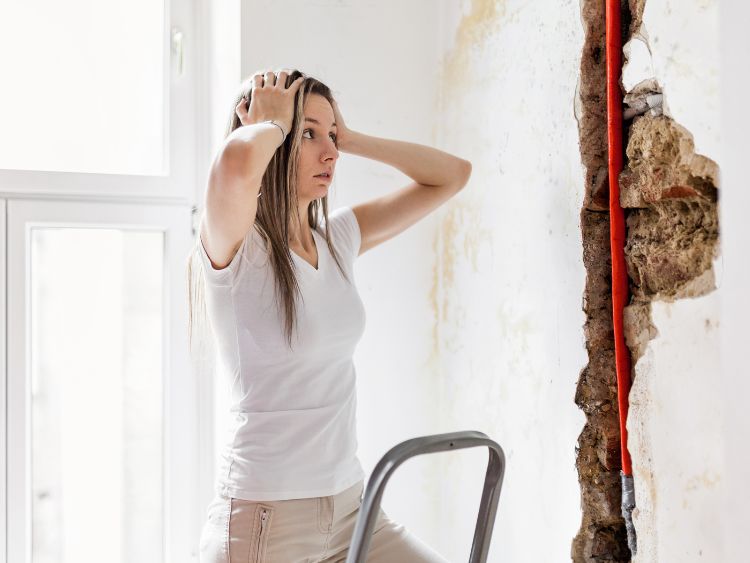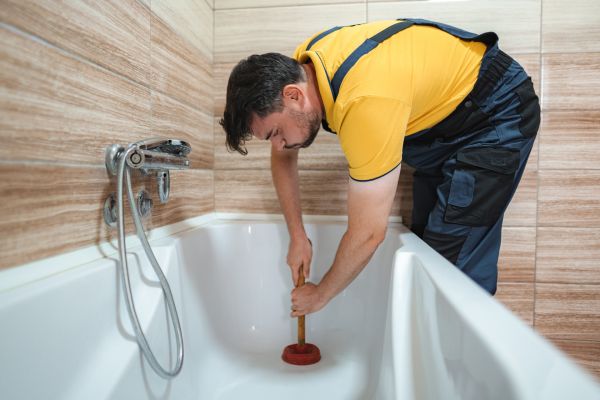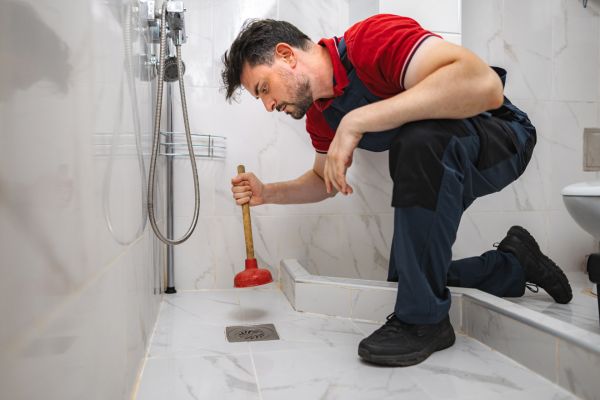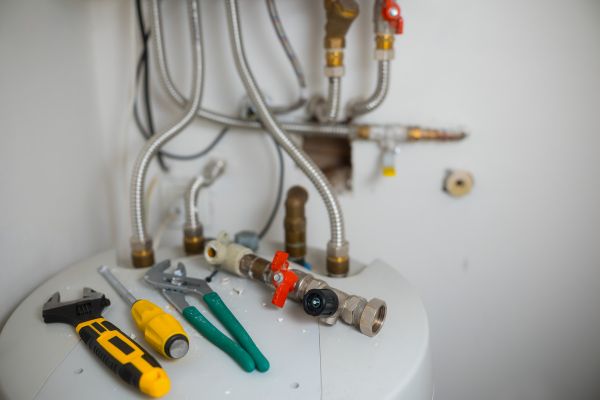Ever had that nagging feeling something’s wrong beneath your feet? Perhaps you’ve noticed a mysterious increase in your water bill or spotted damp spots on your floor. These could be telltale signs of a slab leak. Slab leak repair might sound like a daunting task, but fret not! This comprehensive guide will walk you through everything you need to know about identifying, diagnosing, and repairing slab leaks. From understanding the basics to exploring the latest repair techniques, we’ve got it all covered. So, let’s dive in and tackle this issue head-on!
What is a Slab Leak?
A slab leak occurs when the pipes beneath a concrete slab foundation develop a leak. This can happen due to various reasons such as pipe corrosion, poor installation, or ground movement. Slab leaks can lead to significant damage if left unattended, affecting the structural integrity of your home and leading to costly repairs.
Common Causes of Slab Leaks
- Pipe Corrosion: Over time, water pipes can corrode, especially if they are made of materials like copper.
- Abrasion: Pipes that rub against concrete, gravel, or other pipes can wear down over time.
- Ground Shifts: Natural shifts in the ground or foundation settling can cause pipes to crack.
- Poor Installation: Sometimes, pipes are not installed correctly, leading to premature failure.
- High Water Pressure: Excessive water pressure can stress pipes, causing leaks.
Signs of a Slab Leak
How do you know if you have a slab leak? Look out for these common signs:
- Increased Water Bills: A sudden spike in your water bill without any change in water usage.
- Damp Spots: Wet or warm spots on your floor that don’t seem to dry.
- Low Water Pressure: A noticeable drop in water pressure could indicate a leak.
- Mold and Mildew: Unexplained mold growth or musty odors in your home.
- Sound of Running Water: Hearing water running when all taps are off.
Diagnosing a Slab Leak
Before diving into repair options, it’s crucial to confirm the presence of a slab leak. Here’s how professionals diagnose slab leaks:
Visual Inspection
A plumber will look for visible signs of leaks, such as damp spots or mold growth. They may also use a moisture meter to detect hidden dampness.
Pressure Testing
Plumbers use pressure gauges to check for drops in water pressure, indicating a possible leak.
Leak Detection Equipment
Advanced tools like electronic amplification equipment and electromagnetic pipeline locators can pinpoint the exact location of the leak.
Infrared Thermography
This technique uses thermal imaging to detect temperature differences caused by leaking water.
Slab Leak Repair Methods
Once a slab leak is confirmed, it’s time to explore repair options. Here are the most common slab leak repair methods:
Pipe Rerouting
This involves replacing the leaking pipe with a new one. The new pipe is usually routed above ground or through walls to avoid further slab intrusion.
Pipe Relining
Also known as cured-in-place pipe (CIPP) lining, this method involves inserting a flexible tube coated with resin into the damaged pipe. The tube is then inflated, and the resin hardens, creating a new pipe within the old one.
Spot Repair
Involves breaking through the slab to access and repair the specific section of the leaking pipe. This method is best for localized leaks.
Epoxy Restoration
A non-invasive method where epoxy is applied to the inside of the pipes to seal leaks and prevent future ones. It’s ideal for extensive leaks without damaging the slab.
Re-Piping
In cases where pipes are severely corroded, replacing the entire plumbing system might be the best option.
Preventing Future Slab Leaks
Prevention is always better than cure. Here are some tips to prevent slab leaks:
- Regular Inspections: Have your plumbing inspected regularly by a professional.
- Water Pressure Regulation: Ensure your home’s water pressure is within safe limits.
- Quality Materials: Use high-quality materials for plumbing installations.
- Water Softening Systems: Install a water softening system if you have hard water, which can corrode pipes.
FAQs about Slab Leak Repair
What causes slab leaks?
Slab leaks can be caused by pipe corrosion, abrasion, ground shifts, poor installation, or high water pressure.
How can I tell if I have a slab leak?
Look for signs like increased water bills, damp spots on the floor, low water pressure, mold growth, or the sound of running water when taps are off.
How are slab leaks diagnosed?
Professionals use methods like visual inspections, pressure testing, leak detection equipment, and infrared thermography to diagnose slab leaks.
What are the common slab leak repair methods?
Common repair methods include pipe rerouting, pipe relining, spot repair, epoxy restoration, and re-piping.
Can slab leaks be prevented?
Yes, regular inspections, regulating water pressure, using quality materials, and installing water softening systems can help prevent slab leaks.
How much does slab leak repair cost?
The cost varies depending on the severity of the leak, the repair method used, and your location. It’s best to get a quote from a professional plumber.
Is slab leak repair covered by insurance?
It depends on your insurance policy. Some policies cover slab leak repair, while others may not. It’s important to check with your insurance provider.
Summary
Slab leaks are a serious issue that requires prompt attention to prevent extensive damage to your home. By understanding the causes, signs, and repair methods of slab leaks, you can take proactive steps to address them. Regular maintenance and inspections can help prevent future leaks, saving you time and money in the long run. Remember, when in doubt, always consult with a professional plumber to ensure the best course of action.
Authoritative Links
- https://www.epa.gov/watersense/pipes
- https://www.plumbing.org
- https://www.homeadvisor.com/cost/plumbing
- https://www.thisoldhouse.com/plumbing/21015035/how-to-fix-pinhole-leaks-in-copper-pipes
- https://www.angi.com/articles/how-fix-plumbing-leak.htm



